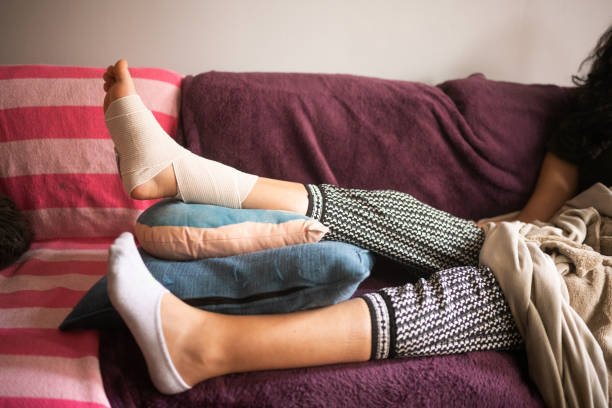What to do after an injury
You’ve twisted your ankle; it’s started to swell up and you can barely walk. 😣
Thankfully, you remember RICE, and you know exactly what to do!
Hang on, was it RICE? Or was it RICED, or RICER? 😯 If you’ve got your ear to the ground, you may have heard of POLICE or even PEACE & LOVE? 🤯🤯🤯 Yep, these acronyms all really exist. I feel like at this point it’s easier to remember what to do than which acronym is en vogue.
Let’s run through what each of these are and it will become clear what you should do after an acute injury (remember, you rolled your ankle 😰).
RICE = Rest, Ice, Compression, Elevation
RICER includes Referral at the end, in case a referral is required.
RICED includes Diagnosis, to ensure you see a professional to diagnose the injury.
POLICE = Protection, Optimal Loading, Ice, Compression, Elevation
PEACE & LOVE 😐 = Protect, Elevate, Avoid anti-inflammatories, Compress, Education & Load, Optimism, Vascularisation, Exercise.
The latest acronyms have dropped the Rest in favour of words like Optimal Loading, Load, and Exercise. But, these acronyms have Protection. Essentially, this means protect the injured area, but keep moving in ways that are appropriate.
Ice has also disappeared from PEACE & LOVE. Ice numbs the area for pain relief and slows your inflammatory response. Excessive inflammation is so much swelling that your movement is very restricted, limiting your ability to move the area, an important thing for recovery. Since inflammation is your body’s healing response, it isn’t something we want to reduce too much. My general advice is to manage excessive inflammation with compression, elevation, and gentle movement, and only use ice if you absolutely need it for pain control.
Compression and Elevation are holding strong so keep going with these 👍🏽
Protection versus Optimal Loading, Load, and Exercise is a balance and very dependent on your specific issue. A sprained ankle, broken arm, dislocated shoulder, and torn Achilles will all have different protection timeframes before loading will begin. For all, after the initial period of protection, you want to progressively reintroduce load, increasing until you’ve restored full function.
Avoiding anti-inflammatories is referring to medications and ice. As I mentioned, inflammation is important for healing, so limiting that can have a negative effect on your long-term healing. This is along the same line as vascularisation, which just means improve blood flow. More blood flow means better tissue health.
Optimism during injury recovery is understated. It’s very normal to lose confidence in the injured area following an injury. The capacity of the injured area has been reduced, so it’s appropriate to be less confident in it. It’s encouraging to know, our body does a fantastic job at healing from acute injuries. Think of your inflammation and swelling as your body doing an amazing job healing you! Regaining optimism is something that comes with a graduated exercise program. The program maps out the stepping stones you need to get you from where you are to where you want to be. As you get stronger and continue healing, your confidence will come too.
Ok, got all that? 😵💫 I know right.
Let’s keep it simple.
Your injury needs a bit of protection and time to heal.
While this is happening, elevate it and compress it to limit excessive inflammation.
Don’t use ice or anti-inflammatories unless your pain is out of control.
Get moving when you can.
See a physio for a diagnosis and exercise rehab plan to restore your strength.
Does YWDGS work? 😆
If you’ve injured yourself and want experienced and professional guidance back to full function, book in today 🙂




